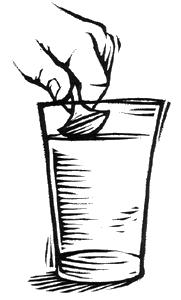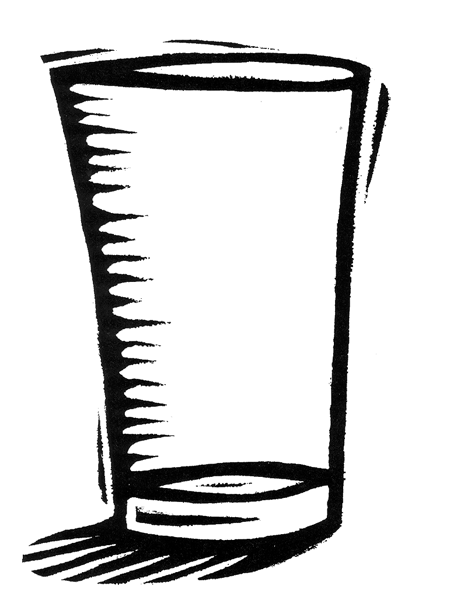Titanic's Lost Sister
|  |
Student Handout |
Current Events
Scientists in this program predicted where parts of a sinking ship would
have fallen depending on their size and weight and the nature of the underwater
currents carrying them. Try the following experiment to see what role
temperature plays in how currents are formed.
Procedure
Before you begin, write down on a separate sheet of paper which
temperature of water you think will sink faster: cold or hot. Explain why you
think so. Now test your prediction using the following experiment. Fill two cups with cold water and two cups with hot water. Stir 5 drops of food coloring into one of the cups with cold water. Stir 5
drops of food coloring into one of the cups with hot water.

Work with the colored cold water and the uncolored hot water first. Collect a
spoonful of colored cold water. Gently empty the spoon on the surface of the
uncolored hot water by placing the spoon against the side of the cup to avoid
mixing the two fluids. Draw and describe what you observe. Next, work with the colored hot water and the uncolored cold water. Collect a
spoonful of the colored hot water. Gently empty the spoon on the surface of the
uncolored cold water. Draw what you observe in the empty cup on this page and
describe what you saw.

Questions
Write your answers on a separate sheet.
Compare your results. At which temperature is water more dense: hot or cold? What evidence do you have to support this conclusion?
|
